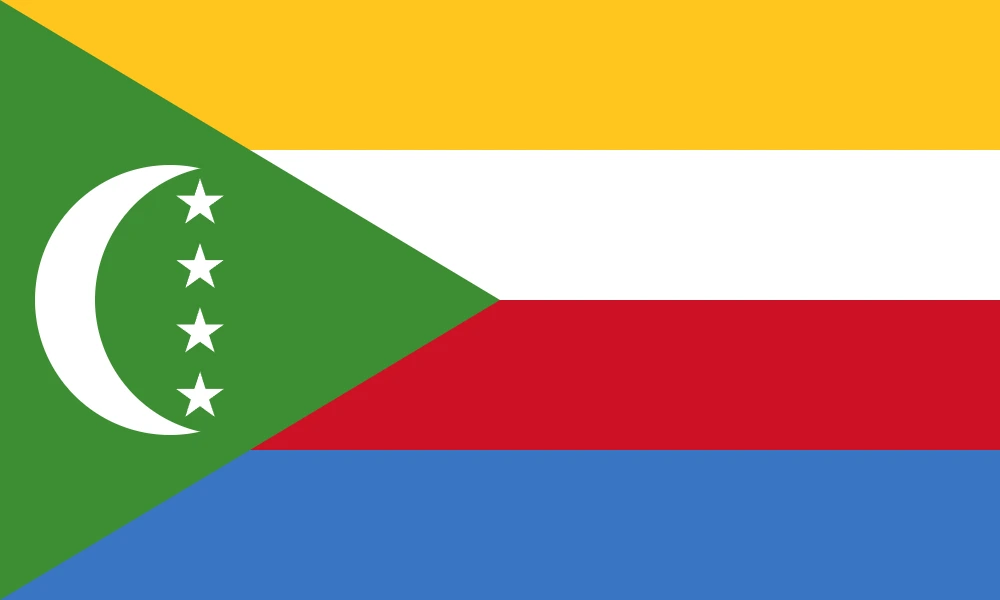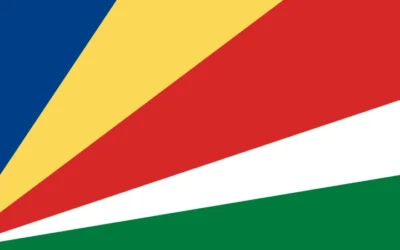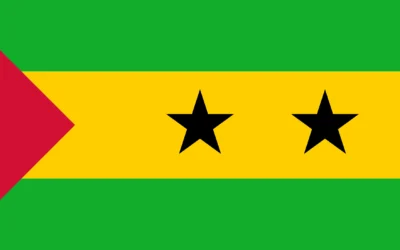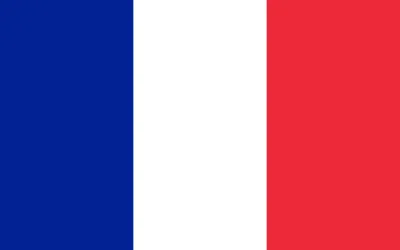Comoros Travel Guide
Discover Why You Should Visit Comoros
Why Visit Comoros?
Comoros, an archipelago in the Indian Ocean between Madagascar and Mozambique, offers a serene escape with its volcanic landscapes, white-sand beaches, and authentic island culture. Often overlooked by mainstream tourism, the Comoros is ideal for those seeking tranquility, natural beauty, and immersive cultural experiences.
The islands are home to a blend of African, Arab, Malagasy, and French influences, reflected in its architecture, cuisine, and religious traditions.
Ideal for: Beach lovers, eco-tourists, cultural travelers, and adventurers searching for off-the-radar destinations.
Must-Know Facts
Capital/Major City: Moroni (on Grande Comore)
Language(s): Comorian (Shikomori), Arabic, French
Currency: Comorian Franc (KMF)
Best Time to Visit: May to November (dry season)
Fun Fact: The islands are nicknamed the ‘Perfume Islands’ due to the cultivation of ylang-ylang, vanilla, and cloves
Top Things to Do
Climb Mount Karthala, one of the world’s largest active volcanoes
Swim and snorkel in the clear waters of Mohéli Marine Park
Visit the medina of Moroni with its narrow alleys and historic mosques
Explore the spice plantations and ylang-ylang distilleries
Relax on the secluded beaches of Anjouan and Grande Comore
Local Culture & Lifestyle
Comorian society is deeply influenced by Islam, which shapes daily routines, festivals, and dress. Community gatherings and hospitality are central to social life.
Traditional music, dance, and Swahili-Arab architecture play a major role in preserving the islands’ unique cultural heritage.
Matrilineal customs still exist in some areas, with women often holding land and property rights.
Food & Drink Highlights
Street Food: Grilled fish, fried plantains, manioc fritters, spicy samosas
Restaurants: Serve dishes with Indian Ocean flavors including coconut, cloves, and seafood
Drinks: Spiced tea, fruit juices, coconut milk, and coffee
Desserts: Banana beignets, coconut puddings, honey pastries
Main Dish & Culinary Symbols
Signature Dish: Langouste à la Vanille (lobster in vanilla sauce)
Common Ingredients: Coconut, cloves, bananas, cassava, fish, rice, vanilla
Culinary Culture: Meals are often slow-cooked and aromatic, served during family gatherings and religious celebrations
Symbols & Icons of the Area
Natural Icons: Mount Karthala, marine parks, tropical beaches, coral reefs
Cultural Icons: Arched doorways, medina alleyways, veiled women, traditional dhows
Hidden Gems & Off-the-Beaten-Path
Mohéli Island for pristine beaches and marine turtle nesting grounds
The village of Iconi for historical ruins and panoramic views
Chomoni Beach for solitude and snorkeling among colorful reefs
Shopping & Souvenirs
What to Buy: Ylang-ylang essential oils, spices, embroidered fabrics, wood carvings, traditional jewelry
Where to Shop: Moroni’s Old Market, local artisans on Mohéli and Anjouan
Getting Around
Public Transport: Limited; shared taxis and minibuses serve local areas
Car Rentals: Recommended for touring Grande Comore
Boat Travel: Essential for island hopping between the archipelago
Walkability: High in small towns and beach areas
Travel Tips
Dress modestly in accordance with Islamic customs
French is the most useful foreign language; learn basic phrases
Tap water is not safe to drink; bottled water is widely available
Currency exchange is best done at banks or major hotels in Moroni
Where to Stay
Budget: Guesthouses and beachside bungalows on Grande Comore
Mid-range: Family-run lodges and hotels in Moroni and Mutsamudu
Luxury: Boutique resorts near Mohéli Marine Park and secluded coastal areas
Unique: Eco-retreats offering immersive cultural and nature experiences
Sample 4-Day Itinerary
Day 1: Arrive in Moroni, explore the medina and visit the Old Friday Mosque
Day 2: Hike Mount Karthala or take a coastal drive to Chomoni Beach
Day 3: Ferry to Mohéli for marine wildlife tours and beach relaxation
Day 4: Visit spice plantations and return to Moroni for local shopping






0 Comments